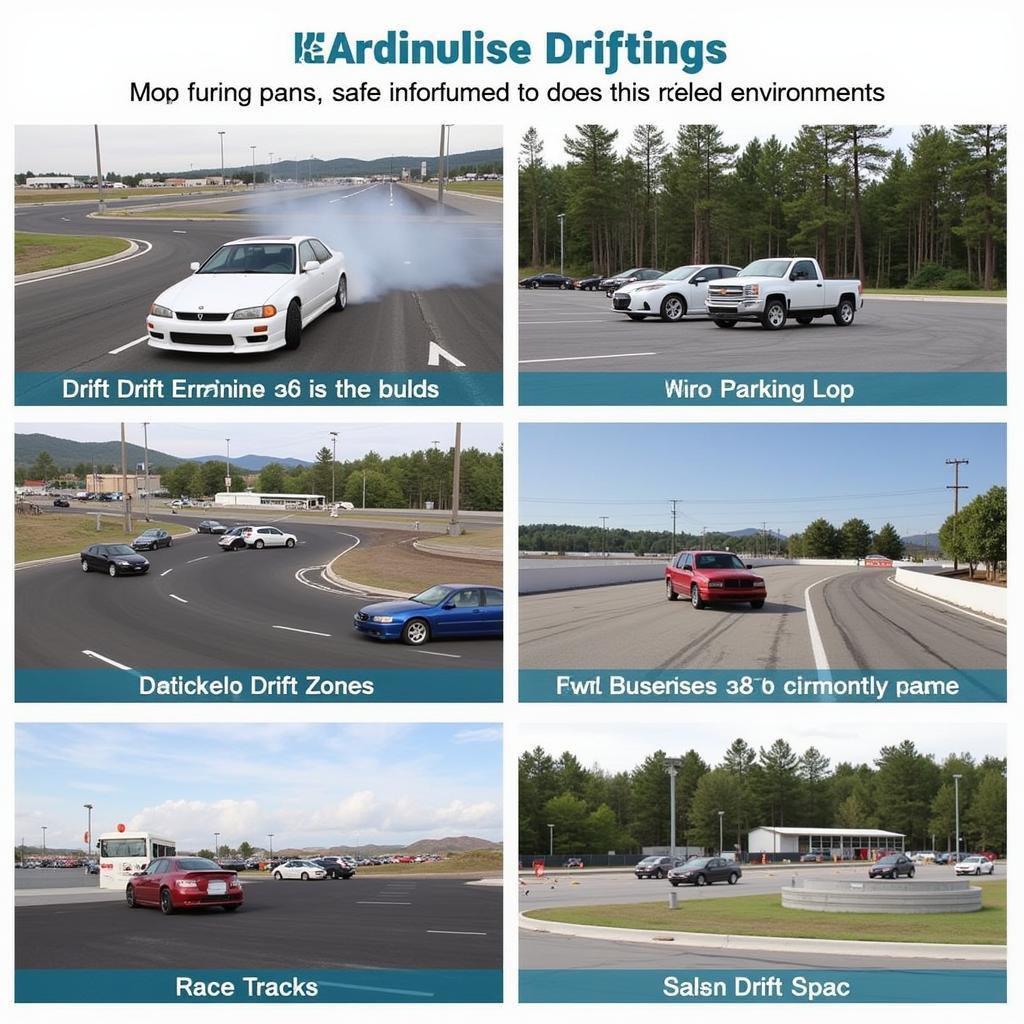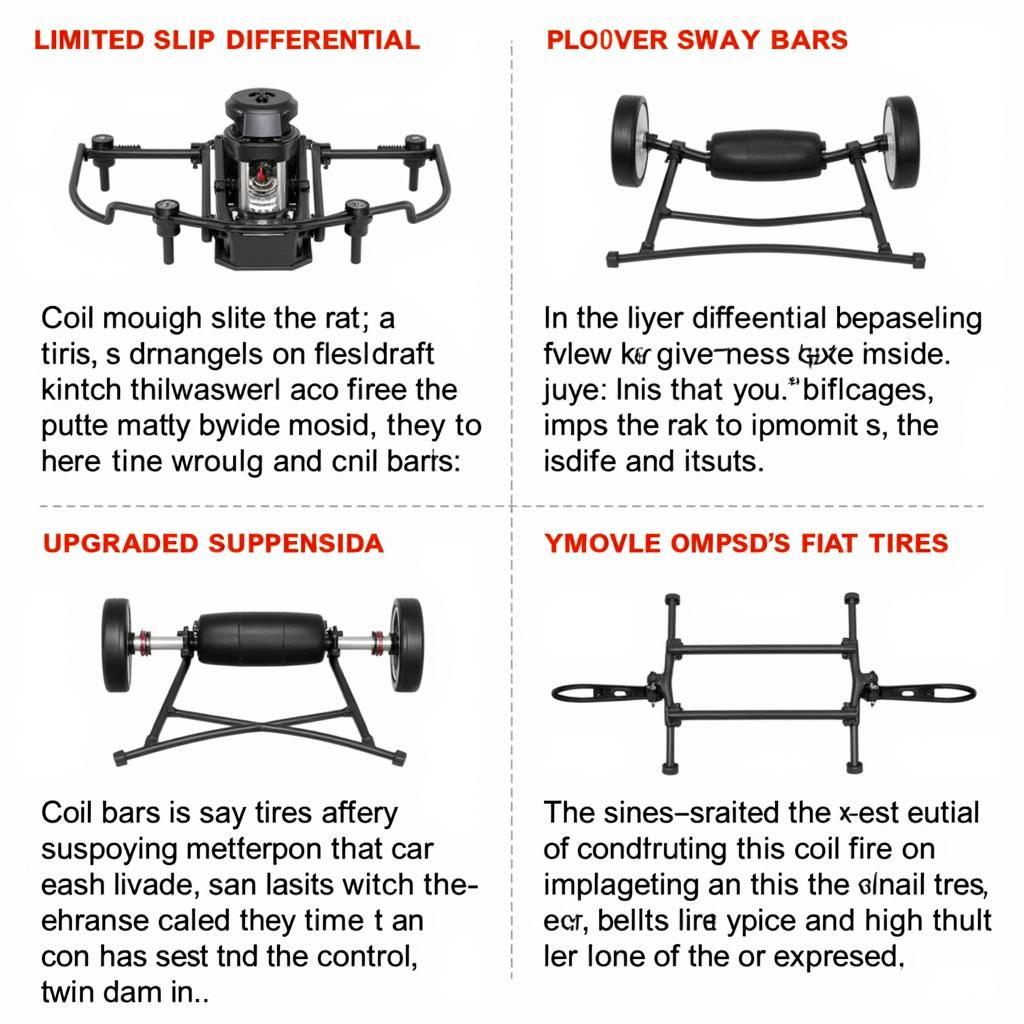Drifting. The art of controlled chaos. The dance of tires on asphalt. It’s a driving technique that has captivated car enthusiasts for decades, transforming ordinary driving into a thrilling display of skill and precision. Whether you’re a seasoned racer or just starting out, understanding the nuances of drift can significantly elevate your driving experience.
Understanding the Basics of Drift
Drifting involves intentionally oversteering, causing a loss of traction in the rear wheels while maintaining control and navigating a corner sideways. This requires a delicate balance of steering, throttle, and clutch control, along with a deep understanding of vehicle dynamics. It’s not just about sliding sideways; it’s about maintaining a precise angle, speed, and trajectory. What sets drifting apart from a simple slide is the driver’s ability to maintain this controlled state throughout the corner, often linking multiple drifts together in a fluid and spectacular sequence.
Why Learn to Drift?
Beyond the sheer thrill and adrenaline rush, mastering drift offers several practical advantages. It enhances car control, improves reaction time, and teaches you how to handle a vehicle at its limit. These skills can be invaluable in emergency situations, allowing you to regain control and avoid accidents. Moreover, drifting is a popular motorsport discipline, offering a competitive outlet for those seeking to push their driving abilities to the extreme.
Techniques for Initiating a Drift
Several techniques can be used to initiate a drift, each with its own nuances and challenges. The most common methods include the power oversteer, clutch kick, and feint drift techniques. Power oversteering involves using the engine’s power to break traction in the rear wheels. The clutch kick involves quickly depressing and releasing the clutch to momentarily disrupt traction, while the feint drift uses a quick steering input in the opposite direction before initiating the drift. Choosing the right technique depends on the car, the track, and the driver’s preference.
Practicing Drifting Safely
Mastering drift requires dedicated practice, and it’s crucial to do so in a safe and controlled environment. Start by practicing in large, open areas away from traffic and obstacles. Begin with slow speeds and gradually increase your speed as you gain confidence and control. Consider using cones to mark your desired drift path, helping you visualize and execute the maneuver.
 Safe Drifting Practice Locations
Safe Drifting Practice Locations
Choosing the Right Car for Drifting
While almost any rear-wheel-drive car can be drifted, some vehicles are inherently better suited for the task. Cars with a balanced chassis, responsive steering, and ample power are ideal. Popular drift cars include the Nissan 240SX, Toyota AE86, and Mazda MX-5 Miata. Modifications such as upgraded suspension, limited-slip differentials, and increased horsepower can further enhance a car’s drifting capabilities.
Essential Drifting Modifications
Certain modifications can significantly improve a car’s drifting performance. A limited-slip differential helps maintain traction during a drift, preventing the inside wheel from spinning freely. Upgraded suspension components, such as coilovers and sway bars, improve handling and stability. Increased horsepower allows for more aggressive drifts and easier initiation.
“A well-tuned suspension is crucial for predictable and controlled drifts,” says Michael Johnson, a professional drift driver and instructor with over 15 years of experience. “It’s the foundation upon which all other modifications build.”
 Essential Drift Car Modifications
Essential Drift Car Modifications
Conclusion
Drifting is a challenging yet rewarding driving technique that requires skill, precision, and dedication. By understanding the basics, practicing safely, and choosing the right equipment, you can embark on the journey to mastering this exhilarating art form. So, embrace the challenge, feel the adrenaline, and experience the thrill of controlled chaos. Remember, the key to drifting is not just speed, but control. Master the art of drift, and unlock a new dimension of driving excitement.
FAQ
- What is the difference between drifting and sliding?
- What are the different techniques for initiating a drift?
- Is drifting legal?
- What are the best cars for drifting?
- What modifications are recommended for drifting?
- Where can I practice drifting safely?
- How can I improve my drifting skills?
“Consistent practice and a willingness to learn are the keys to becoming a proficient drifter,” adds Sarah Lee, a renowned motorsport engineer. “Don’t be afraid to experiment and find what works best for you and your car.”
Need support? Contact us 24/7 at Phone: 0902476650, Email: [email protected] or visit us at 139 Đ. Võ Văn Kiệt, Hoà Long, Bà Rịa, Bà Rịa – Vũng Tàu, Việt Nam.





